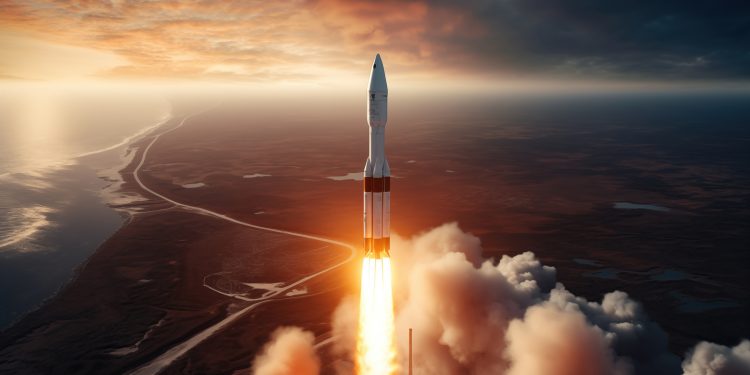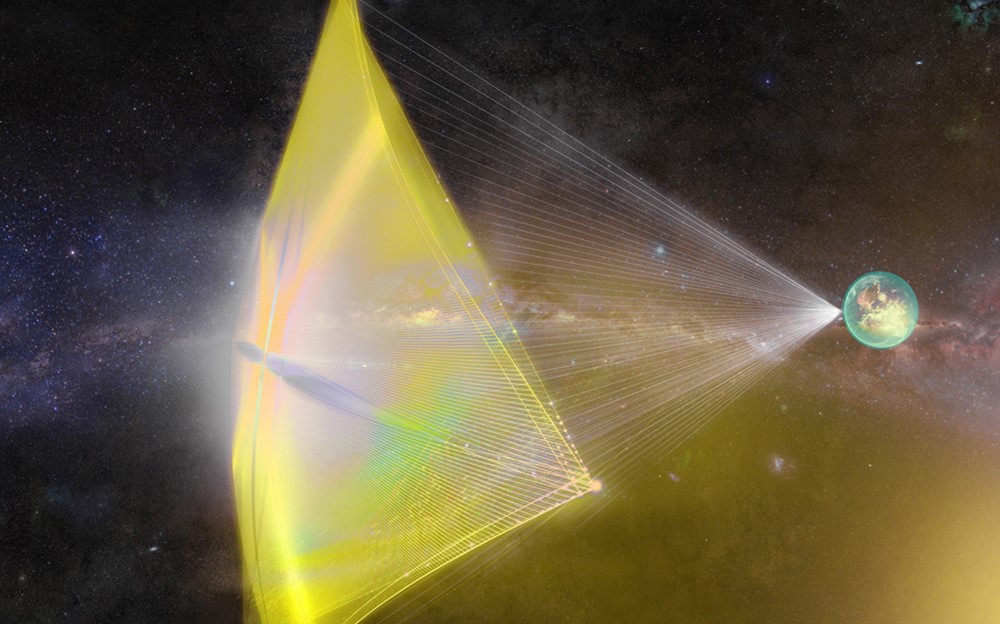Space exploration is on the verge of a groundbreaking shift as scientists begin testing a propulsion system that could revolutionize how we explore the cosmos. This cutting-edge thruster, developed by a team of engineers from the University of Southampton, could potentially allow spacecraft to venture deeper into space than ever imagined.
The innovation behind this new propulsion system lies in its ability to use any type of metal as fuel. This unique feature could eliminate the traditional constraints of space missions, where spacecraft are limited by the finite amount of fuel they can carry. Instead, future spacecraft may be able to mine metals from asteroids or distant moons, extending their missions indefinitely by refueling on the go.
Leading the testing phase is Dr. Minkwan Kim, a prominent scientist from the University of Southampton. His team is currently running trials to measure the system’s thrust in a controlled laboratory environment. According to Dr. Kim, the new thrusters could empower spacecraft to reach regions of the universe that were previously deemed inaccessible.
A Game-Changing Technology
Spacecraft are generally restricted by the limited fuel they can bring on board due to the immense cost and energy required to launch them into space, explained Dr. Kim. However, these new thrusters can be powered by metals such as iron, aluminum, or copper—any metal that can combust. The implications are extraordinary. Imagine a spacecraft landing on a resource-rich comet or moon, harvesting its fuel, and continuing its journey.
This breakthrough technology could transform how we explore space, opening new doors to discovery and enhancing our understanding of the universe. With the ability to travel farther and faster, missions to new planets or even other star systems could become a reality in the near future.
Collaboration with Industry Leaders
The University of Southampton is collaborating with Magdrive, a leading British space technology firm, to develop this innovative propulsion system, known as the Super Magdrive. This system is designed to power spacecraft using plasma thrusters, which Dr. Kim previously helped develop for the SpaceX Falcon 9 rocket.
The ultimate goal of Super Magdrive is to support future deep-space missions, enabling exploration of uncharted regions, the potential discovery of extraterrestrial life, and the opportunity to boldly go where no human has gone before.
“The possibilities are endless,” Dr. Kim said. “This technology could allow us to explore distant planets, uncover new life forms, and embark on journeys beyond our wildest dreams. We are standing on the threshold of a new era in space exploration.”
As the team continues to test and refine this groundbreaking thruster, the dream of extended space travel is moving closer to becoming a reality. What once seemed limited to science fiction is now on the cusp of transforming humanity’s reach into the farthest corners of the universe.
Join the Conversation!
Have something to share or discuss? Connect with us on Facebook and join like-minded explorers in our Telegram group. For the latest discoveries and insights, make sure to follow us on Google News. Passionate about history and knowledge? Be part of our exclusive community by visiting the Ancient Library’s Telegram group.











